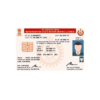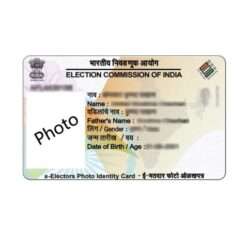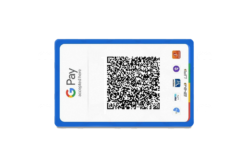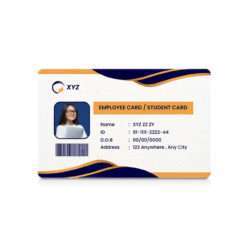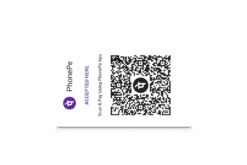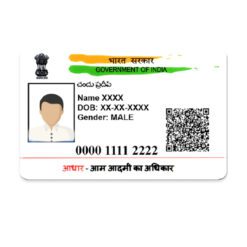PVC Driving Licence Card Print
₹100.00 ₹50.00
PVC Driving Licence Card Durable and Long-Lasting
PVC Driving Licence Card is high-quality
PVC Driving Licence Card is Lightweight
What is a PVC Driving Licence Card?
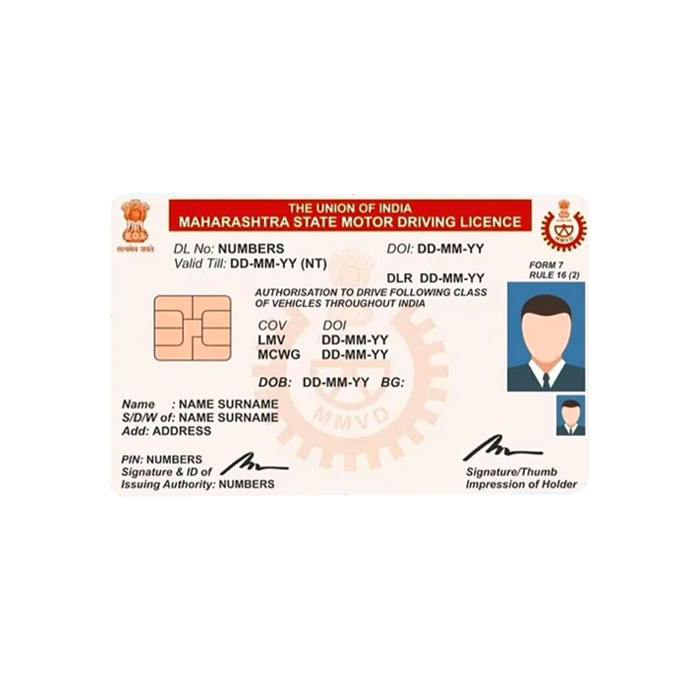
A PVC driving licence card is a modern form of identification for drivers, replacing the traditional paper driving licences that have been in use for many years. Constructed from durable polyvinyl chloride (PVC), these licenses are designed to withstand various environmental conditions, making them less susceptible to wear and tear compared to their paper counterparts. The robust construction of PVC driving licences contributes to their longevity, ensuring that they remain in excellent condition for extended periods.
One of the distinguishing features of PVC Driving licences is their advanced security measures. Many PVC licences Card incorporate embedded microchips that store essential information about the driver, making it difficult to forge or alter the document. Additionally, these licenses often include holographic elements, which serve as visual deterrents against counterfeiting. The combination of these features significantly enhances the security of the driving license, providing both authorities and users with confidence in the authenticity of the document.
Jurisdictions across the globe are increasingly transitioning to PVC driving licence card due to the myriad advantages they offer. Driving Licence PVC Card printing Enhanced security is a primary motivator, as the risk of identity theft and fraud is minimized with the advanced technologies integrated into these licenses. Furthermore, users appreciate the convenience that PVC licences provide. The smaller, more robust format fits easily into wallets without worry of damage, ensuring it is readily accessible when needed. This shift to PVC licences aligns with modern digital trends and the growing focus on both security and convenience in identification methods.
How to Obtain a PVC Driving Licence Card Apply Online ?
Obtaining a PVC driving licence card involves several essential steps that vary by region, but generally adhere to a similar framework. Initially, prospective applicants must ensure they meet the eligibility requirements, which often include age, residency, and in some cases, health specifications. These prerequisites can differ significantly between states or countries, so it is crucial to consult the local licensing authority for specific information.
Once eligibility is confirmed, applicants should gather the necessary documents. Standard documentation typically includes proof of identity, residency, and possibly a social security number. Additionally, individuals may need to provide evidence of passing a written examination and a practical driving test, depending on local regulations. It is advisable to create a checklist of required documents to avoid complications during the application process.
After ensuring all documents are in order, the next step is to submit the application. This can often be done online, by mail, or in person at the designated licensing office. When applying, applicants should also pay the associated fees, which can vary based on location and the type of driving license sought. Being aware of potential additional costs, such as examination fees or renewal costs, can help in financial planning.
To facilitate a smooth application experience, prospective licensees should also familiarize themselves with any specific regulations or requirements that may be unique to their state or country. This may include additional training or testing for certain vehicle classifications. After submission, applicants typically receive a timeline regarding when they can expect to receive their PVC driving licence card, although this can vary; it often takes a few weeks to process. Understanding these steps can lead to a more efficient and successful application outcome.
You Also Order Your PVC Ayushman Card
How to Download Your Driving Licence Pvc Card Online ?
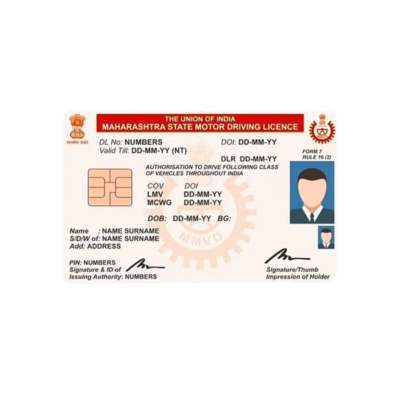
driving licence pvc card download
The process to download your Driving Licence For DL PVC card varies by state or country. Below is a general step-by-step guide using the official
Indian transport website as an example.
Step 1: Visit the Official Portal
Website: Go to the Ministry of Road Transport and Highways (MoRTH) portal or your state’s transport department website. For India,
the national portal is CLICK HERE To Visit
Step 2: Navigate to the Driving Licence Section
On the homepage, look for the option related to “Driving Licence Services” or “DL Services.” Click on it.
Step 3: Find the Download Option
Look for the link that says “Download Driving Licence” or “Print Driving Licence.” This option may be listed under various services related
to driving licences.
Step 4: Enter Required Information
Input Details: You will be prompted to enter details such as:
Application Number
Aadhar Number or other identification numbers
Date of Birth
Step 5: Complete Verification
Captcha Verification: Complete any captcha verification to confirm that you are not a robot.
Click on the “Submit” button to proceed.
Step 6: Access Your Licence
View Document: If the information entered is correct, your Driving Licence will be displayed on the screen.
Step 7: Download Your Licence
Download Option: Click on the “Download” or “Save as PDF” button to download your Driving Licence.
Choose a location on your device to save the file for easy access.
Step 8: Print Your Pvc Card Licence (Optional)
If needed, print the downloaded PDF to have a hard copy of your Driving Licence.
and then order on our website to click this

Important Links OF driving licence pvc card apply online
- National Portal for Driving Licence: Download Licence Pdf To CLICK HERE
- State Transport Departments: You can find links to specific state transport department websites through local government websites.
How To Get PVC Driving Licence ?

Step 1 Select Driving Licence Product On Our Website.
Step 2 Upload Your Card Pdf Or JPG File Of Driving Licence Card.
Step 3 Add To Cart And Go To Chekout Page.
Step 4 Fill Your Address And Select Delivery Method You Want.
Step 5 Click PLACE ORDER To Confirm Your Order.

